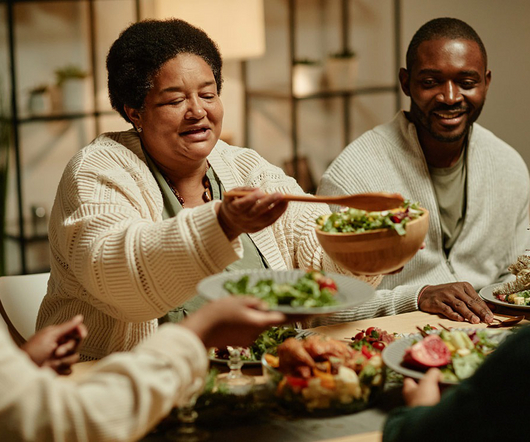BIPOC Leadership Challenges: 26 Tips To Increase Accessibility Across The Nonprofit Sector
Bloomerang
FEBRUARY 1, 2023
This blog aims to examine these challenges and offer all nonprofits leaders methods to increase diversity and BIPOC participation in their organizations. Understanding the challenges BIPOC leadership face in the nonprofit sector One of the primary challenges BIPOC leaders face is limited access to funding.As












Let's personalize your content